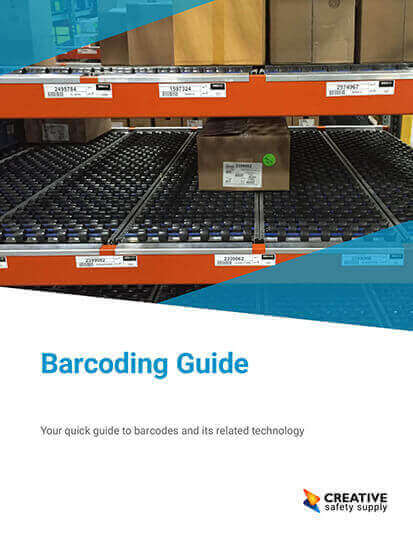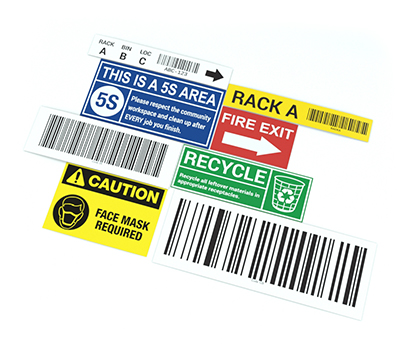
When a barcode is scanned, a series of intricate processes unfold to streamline operations and enhance efficiency in various industries. The primary purpose of barcode scanning is to swiftly and accurately retrieve information about a product, item, or entity encoded within the barcode. Here's what happens when a barcode is scanned:
Scanning Process: A barcode scanner or reader emits light onto the barcode. The black bars absorb the light while the white spaces reflect it. The scanner converts these light reflections into electrical signals. Scanning products without barcodes is possible, but you may need to get specific scanners for the alternate method of your choosing.
Signal Conversion: The electrical signals generated by the scanner are transformed into digital data, essentially creating a unique pattern of 1s and 0s that represent the specific barcode.
Decoding: The digital data is decoded into readable text using software. This process involves interpreting the pattern of bars and spaces to generate alphanumeric characters.
Data Retrieval: The decoded data is sent to a connected computer, point-of-sale system, or database. This information corresponds to a product's identity, price, description, and other relevant details.
Action Trigger: Once the data is received, it triggers various actions. For instance, in retail, the scanned barcode may update inventory levels, calculate prices, and generate a receipt. In logistics, it can track shipments, ensuring accurate delivery.
Need barcodes?
Our free barcode generator allows you to create custom barcodes readable with any scanner.
Information Retrieval: The scanned data is often used to retrieve additional information from a central database. This could include product specifications, images, manufacturing details, and more.
Automation: Barcode scanning facilitates automation by minimizing human intervention. This speeds up processes, reduces errors, and enhances overall operational efficiency.
Real-time Updates: Barcode scanning allows for real-time updates to records and systems, enabling accurate tracking and management of inventory, assets, and transactions.
Integration: Barcode scanning is integrated into various applications, systems, and industries, including retail, healthcare, logistics, manufacturing, and more.
Enhanced Efficiency: By eliminating manual data entry, barcode scanning saves time, reduces human errors, and improves productivity across diverse sectors.
In essence, scanning a barcode transforms the visual representation into actionable data, streamlining tasks, improving accuracy, and supporting a wide range of operations across industries. The technical aspects of it may be slightly complex, but the barcodes themselves are simple enough that anyone can learn how to use them.
Similar Questions
- How are Barcodes Generated?
- What is the Standard Barcode?
- How to Generate a Product Barcode?
- How do I Verify a Barcode?
- How do I scan a product without a Barcode?
- How to Generate a Data Matrix Barcode?
- How many different Barcode combinations are there?
- Can I scan a Barcode from a Photo?
- What is in a warehouse barcoding system?


